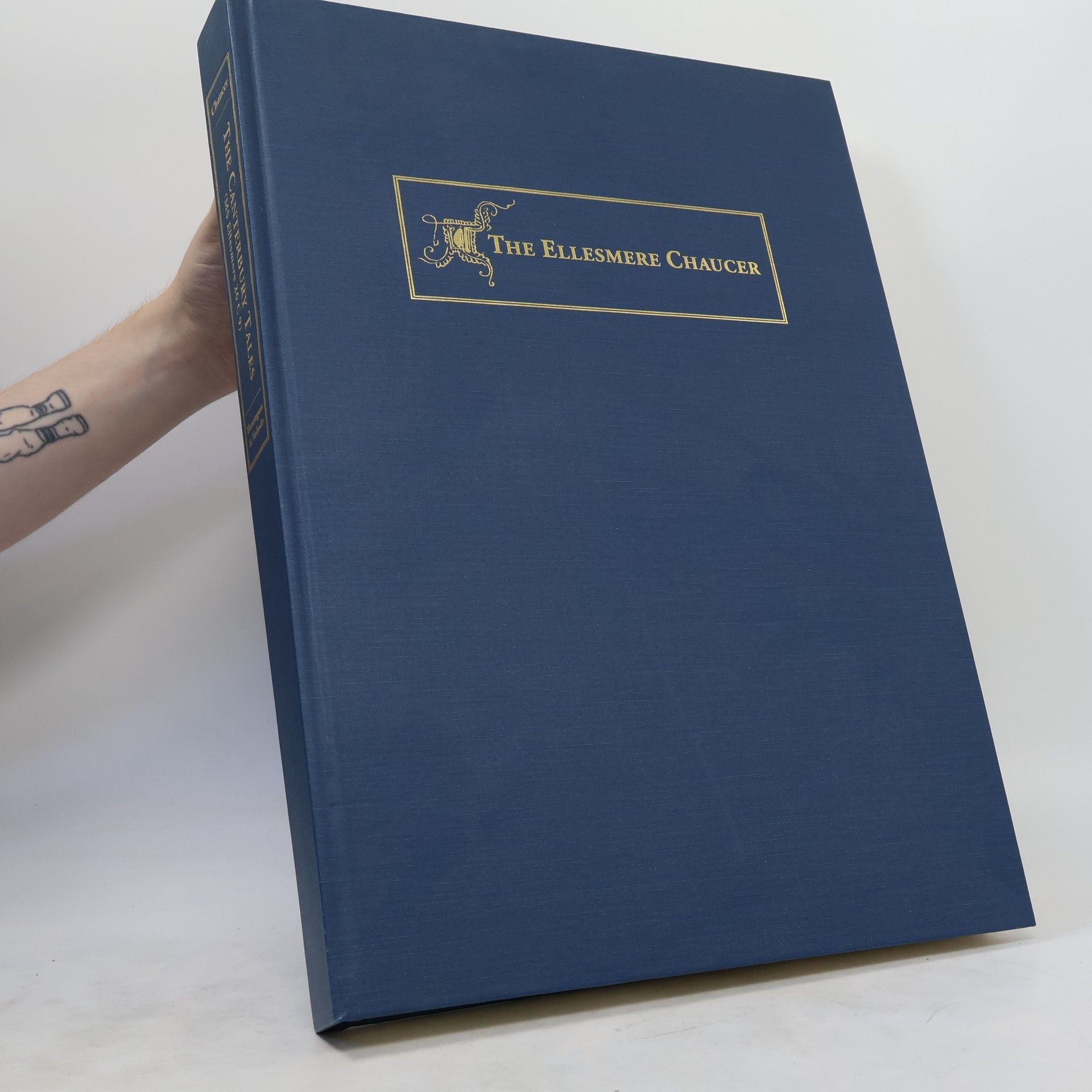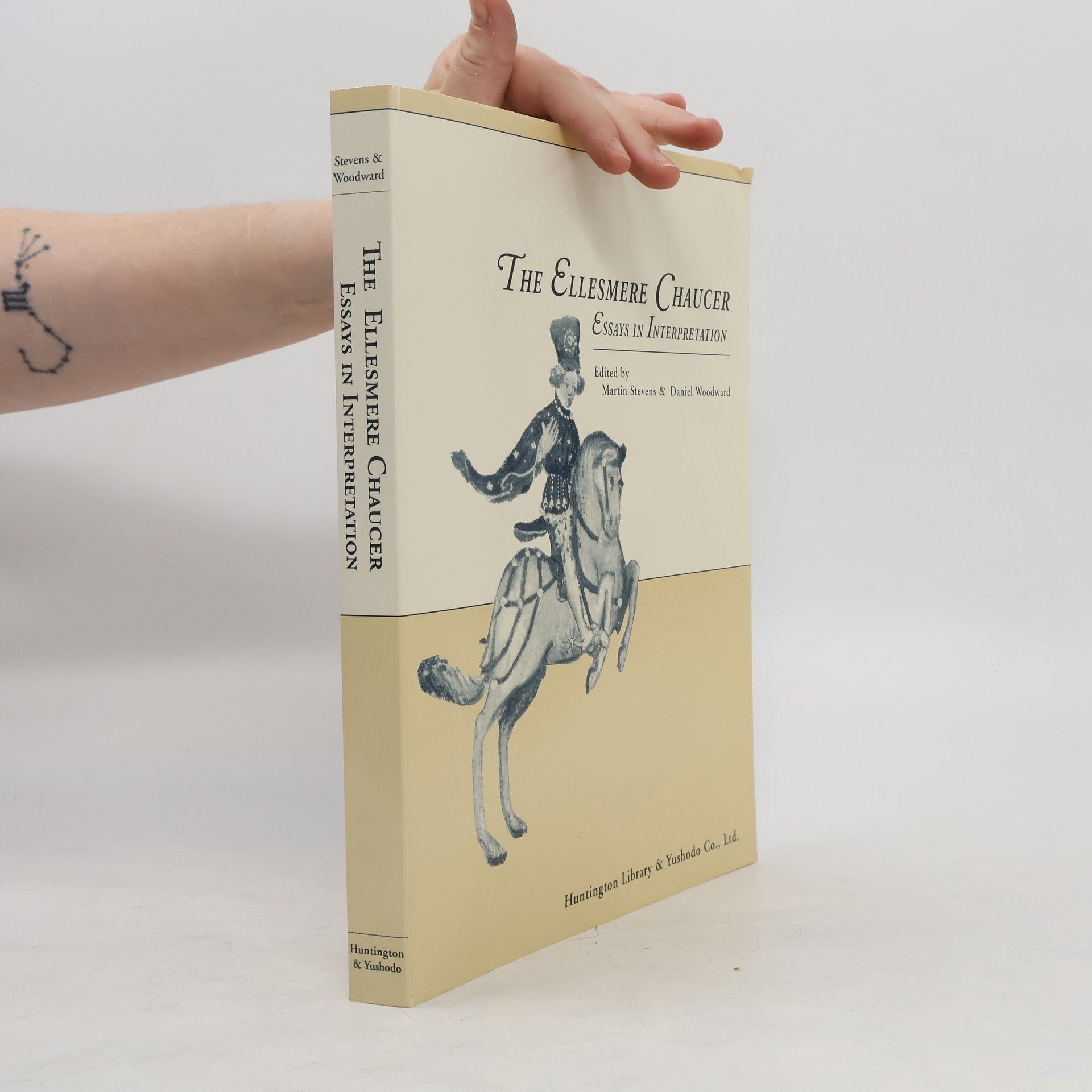Beauty is more than skin deep. 'The natural world is awash with colour, but we are only seeing half the story. If we could see things as animals do, our world would become unimaginably brighter. Now, thanks to new science and technology, we can at last open our eyes.' - Sir David Attenborough In nature, colour is more than a source of beauty; it's a form of vital communication. Depending on the situation, colour says different things - it can be an expression of power or seduction, warning or deceit - and it can even, occasionally, save your life. Accompanying a major new BBC series with David Attenborough, Life in Colour explores the fascinating story of how colour works in the natural world. From the 'trichromatic' vision of Silver Leaf Langurs, which allows them to see orange and red against forest foliage - the colours not only of ripe fruit, but of their young - to African Mandrills who use their colouration to do battle, Professor Martin Stevens reveals a complex system of messaging visible only to those who know the code. Based on the latest scientific research in the field, and illustrated with stunning photography throughout, Life in Colour reveals a world previously unknown to us.
Martin Stevens Livres
Cet auteur explore en profondeur le monde fascinant des systèmes sensoriels animaux et de l'écologie évolutive. Ses travaux portent sur l'évolution du comportement animal et de ses systèmes sensoriels, ainsi que sur leur fonctionnement dans leurs contextes écologiques. En se concentrant sur l'évolution et la fonction de la coloration animale – y compris le camouflage, le mimétisme et les signaux d'avertissement – l'auteur examine ces phénomènes à travers le prisme de la vision animale. Ses recherches approfondies, couvrant un large éventail de créatures, mettent fréquemment en lumière les thèmes de la tromperie et de la ruse dans le monde naturel.





Our senses are limited compared to some animals that see in the ultraviolet, communicate using electricity, or navigate vast distances with magnetic information. Stevens explores how other animals experience the world, how their senses were shaped by evolution, and the shocking impacts on wildlife of our bright lights and traffic noise.
This volume of essays was produced in conjunction with a full-size facsimile of the Huntington's Ellesmere manuscript of Chaucer's Canterbury Tales. The introductory essays and appendices, prepared by Woodward (Huntington Library) and Stevens (Graduate School, City University of New York), explain the significance and construction of the facsimile and summarize the conservation work done on the manuscript as the facsimile was in the making. Essays by fourteen internationally known British, American, and Japanese scholars discuss the physical construction of the Ellesmere manuscript, its decoration and illumination, its text and language, the ways in which the arrangement and presentation of the manuscript affect the meaning of the text, the order of tales in the manuscript, the relationship of this work to contemporary literary efforts and practices, and the provenance of the manuscript before its acquisition by Henry E. Huntington in 1917. As a reflection of the significance of this manuscript in an increasingly English-reading world, the volume concludes with a survey of Chaucer studies in Japan. There are fifty-seven illustrations in the book, supplemented by a separate color foldout that reproduces all of the famous Ellesmere illustrations of the pilgrim-storytellers.
The New Ellesmere Chaucer Monochromatic Facsimile
- 484pages
- 17 heures de lecture
The Ellesmere Manuscript is the most complete, authentic version of the Canterbury Tales and the most famous literary treasure in the Huntington Library's collections. The manuscript's 464 text pages are embellished with floriated borders, illuminated initials and other decorations, and twenty-three illustrations of the pilgrim-storytellers. In 1995, the Huntington Library and the Yushodo Co., Ltd., of Japan produced a color facsimile of this beautiful manuscript. The transparencies that were the basis of the landmark color facsimile were then used to make a full-size, monochromatic facsimile, an edition of special usefulness for those involved in textual and other studies where color is not of primary significance. The Huntington's purpose in producing the monochromatic facsimile is to make available an edition that is more readily affordable to students, scholars, and libraries.Elegantly printed by the Stinehour Press of Lunenberg, Vermont, the facsimile conveys the trim, texture, and decoration of the original manuscript pages. It also features a color frontispiece, the page that begins the Knight's Tale. The facsimile can be a useful teaching tool in courses on Chaucer and the history of the book as well as a cornerstone in every library (private or public) supporting the study of literature in English.
Ratgeber neue Hüfte, neues Knie
Aktiv nach der Hüft- oder Kniegelenksoperation
- 168pages
- 6 heures de lecture
Dieser Ratgeber ist ein hilfreicher Begleiter für alle, die eine Gelenksersatzoperation an der Hüfte oder am Knie vor sich haben oder bereits eine Hüft- oder Knieprothese tragen. Sie können mit einfachen Maßnahmen und Übungen selbst dazu beitragen, dass der Eingriff Ihnen optimal nützt und Ihre Lebensqualität und Leistungsfähigkeit wieder hergestellt werden. Verständlich und ohne Umschweife erfahren Sie das Wichtigste über die Arthrose, die Gelenkersatzoperation und die anschließende Rehabilitation. Sie lernen, warum körperliche Bewegung und Fitness nach der Operation so wichtig sind. Anhand von kurzen Videoclips und zahlreichen Fotos demonstriert dieses Buch, welche Aktivitäten aus Alltag und Freizeit Sie als Hüft- oder Knieprothesenträger auf welche Weise ausführen können und gibt Tipps für jedes Alter u.a. zu Ernährung, Sport und Sexualität.